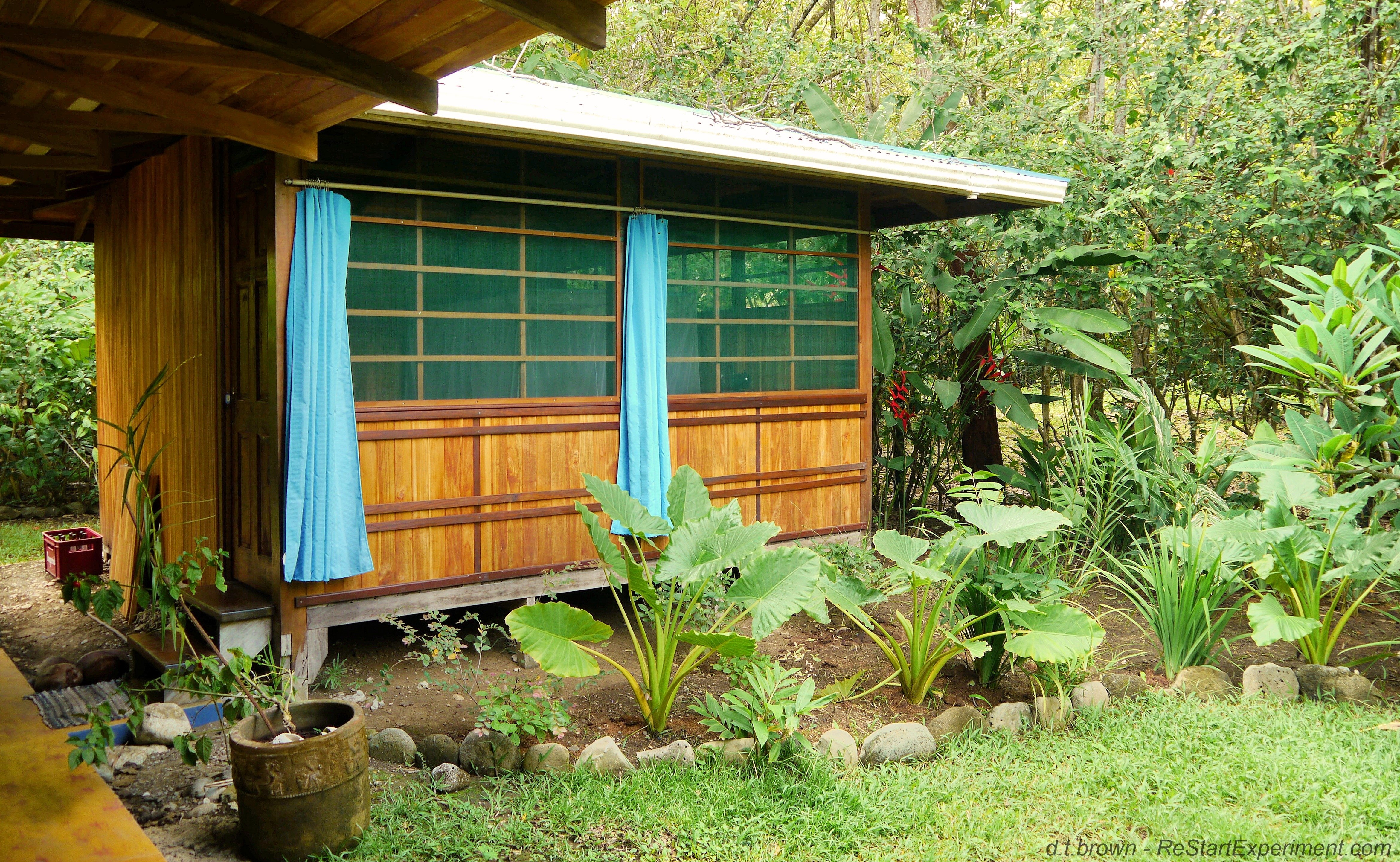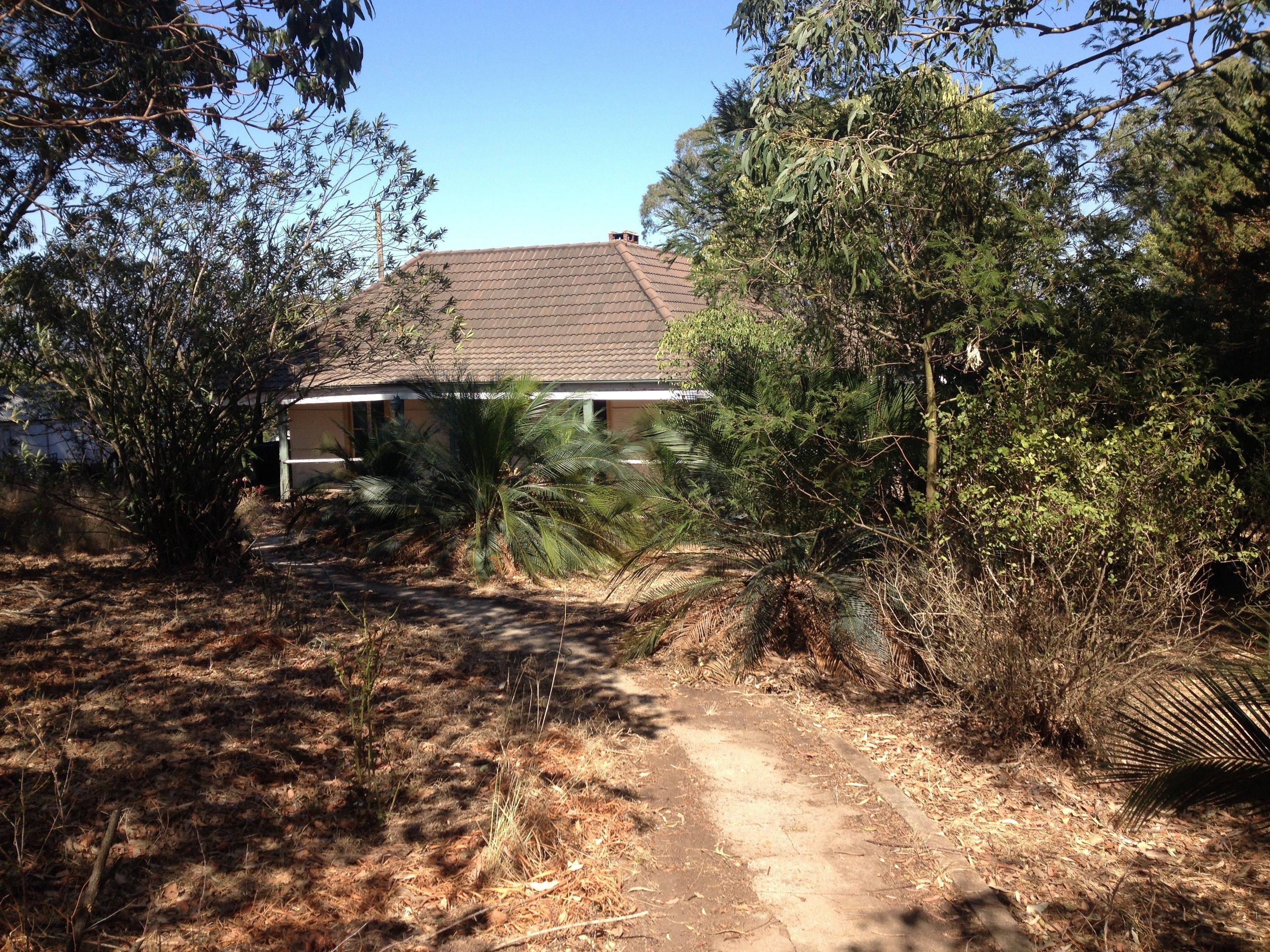Ideas for off grid living – Ideas for off-grid living are surging in popularity, fueled by a growing desire for self-sufficiency and a connection with nature. This isn’t about abandoning modern comforts entirely; it’s about thoughtfully designing a life where you’re less reliant on external systems, creating a sustainable and resilient existence. This guide delves into the practical aspects of off-grid living, from harnessing renewable energy and managing water resources to cultivating your own food and building a durable shelter.
We’ll explore various strategies, offering both inspiration and actionable steps to help you embark on this fulfilling journey.
From choosing the right power source and designing efficient water systems to implementing sustainable farming techniques and constructing resilient homes, this guide provides a comprehensive overview of the key considerations for successfully navigating off-grid life. We’ll explore diverse solutions, addressing common challenges and offering practical advice to make your off-grid dream a reality. Whether you’re a seasoned homesteader or a curious beginner, this guide will empower you to make informed decisions and create a self-sufficient lifestyle that aligns with your values and aspirations.
Sustainable Food Production Off-Grid: Ideas For Off Grid Living
Embarking on an off-grid lifestyle necessitates a robust and self-sufficient food production system. This requires careful consideration of various factors, from land availability and water resources to the time and energy investment needed. The methods discussed below offer diverse approaches to achieve food security while minimizing environmental impact.
Gardening and Farming Techniques for Off-Grid Living
Sustainable off-grid food production relies heavily on efficient and adaptable gardening and farming techniques. Three prominent methods—hydroponics, aquaponics, and permaculture—each offer unique advantages and disadvantages depending on the specific context.Hydroponics cultivates plants without soil, using nutrient-rich water solutions. This method drastically reduces land and water requirements compared to traditional farming, particularly beneficial in arid or space-constrained environments. However, it demands a higher initial investment in equipment and requires meticulous monitoring of nutrient levels and water pH.
Yields can be high, but are dependent on the system’s efficiency and the grower’s expertise.Aquaponics combines hydroponics with aquaculture, raising fish alongside plants. Fish waste provides nutrients for the plants, creating a closed-loop system that minimizes water usage and waste. Space requirements are moderate, lying between hydroponics and traditional farming. Yields are generally good, but depend on the balance of the aquatic and plant systems.
Successful aquaponics necessitates careful management of water quality and fish health.Permaculture focuses on mimicking natural ecosystems to create self-sustaining food systems. It emphasizes minimal intervention, using techniques like companion planting, crop rotation, and water harvesting to maximize yield while minimizing resource use. Space requirements are variable, depending on the scale and design. Water usage is generally lower than hydroponics, and yields can be high with proper planning and implementation.
However, permaculture requires a deeper understanding of ecological principles and a longer-term perspective.
Food Preservation Techniques Without Refrigeration
Preserving harvested food without refrigeration is crucial for off-grid living. Several tried-and-true methods extend the shelf life of produce and ensure food security throughout the year.
| Preservation Technique | Suitable Foods | Shelf Life (approximate) |
|---|---|---|
| Canning | Fruits, vegetables, meats, jams | 1-2 years (depending on the food and process) |
| Drying | Fruits, vegetables, herbs, meats | 6 months – 1 year (depending on storage conditions and food type) |
| Fermentation | Vegetables (e.g., sauerkraut, kimchi), dairy (e.g., yogurt, kefir) | Several months to a year (depending on the food and fermentation process) |
| Root Cellaring | Root vegetables (e.g., potatoes, carrots, beets), some fruits (e.g., apples) | Several months (depending on the food and storage conditions) |
Suitable Livestock for an Off-Grid Homestead
Choosing livestock for an off-grid homestead involves considering space, feed requirements, and the desired products (meat, eggs, milk). Chickens are a popular choice, requiring relatively little space and providing both eggs and meat. Their feed needs are relatively simple, often supplemented with kitchen scraps. Goats are another good option, providing milk and meat. They are hardy and adaptable, but require more space than chickens and need careful management to prevent overgrazing.
Rabbits offer a smaller-scale meat option, with high reproductive rates and relatively low feed requirements. The choice ultimately depends on the available resources and personal preferences.
Simple Livestock Shelter Design
A basic livestock shelter can be constructed using readily available materials. A three-sided structure with a sloped roof provides protection from the elements. The walls can be made from readily available materials like reclaimed wood, stone, or even tightly packed bales of straw. The roof should be waterproof and able to withstand local weather conditions. Proper ventilation is essential to prevent the build-up of moisture and ammonia.
A simple design prioritizes functionality and ease of construction, minimizing material costs and labor. For example, a 10ft x 10ft shelter for chickens could be constructed using reclaimed lumber for the frame, straw bales for insulation, and a tarp or corrugated metal for roofing. This design is simple, cost-effective, and easily adaptable to the specific needs of the chosen livestock.
Waste Management and Sanitation Off-Grid

Embracing off-grid living necessitates a mindful approach to waste management and sanitation. Sustainable practices are crucial not only for minimizing environmental impact but also for maintaining a healthy and comfortable living environment. Effective waste management systems are essential for preserving the purity of water sources and protecting the surrounding ecosystem. This section details practical methods for managing human waste, greywater, and other waste streams in an off-grid context.
Composting Human Waste
Composting human waste offers a safe and environmentally sound alternative to traditional sewage systems. Two primary methods are commonly employed: composting toilets and humanure systems. Composting toilets utilize a process of aerobic decomposition, where oxygen is introduced to accelerate the breakdown of waste. Humanure systems, on the other hand, often rely on a more passive approach, utilizing natural processes over a longer period.
Both methods significantly reduce the volume of waste and produce a valuable soil amendment.
Building a Simple Composting Toilet, Ideas for off grid living
A basic composting toilet can be constructed using readily available materials. This step-by-step guide Artikels a simple design.
- Foundation: Construct a sturdy base using concrete blocks or treated lumber, ensuring proper drainage away from the toilet structure. This prevents moisture buildup and potential leachate issues.
- Enclosure: Build a weatherproof enclosure around the base using wood or other suitable material. The enclosure should be well-ventilated to allow for proper airflow.
- Seating: Install a comfortable seat, ensuring it’s securely fastened to the structure. A simple wooden seat works well.
- Composting Chamber: Create a chamber below the seat to collect the waste. This can be achieved using a large, appropriately sized container with a perforated bottom for drainage. Line the container with a layer of carbon-rich material such as wood shavings or shredded paper.
- Ventilation: Install a vent pipe to allow for air circulation within the composting chamber. This is crucial for maintaining aerobic conditions and preventing odor build-up.
- Drainage: Ensure that any excess moisture can drain away from the composting chamber. A simple drain pipe leading to a designated area can be effective.
- Regular Maintenance: Regularly add carbon-rich materials to the composting chamber to maintain the correct carbon-to-nitrogen ratio and ensure efficient decomposition. This also helps to control odors.
Greywater and Wastewater Management
Greywater, which includes water from showers, sinks, and laundry, and wastewater from toilets, pose unique challenges in off-grid settings. Effective management strategies are crucial to prevent contamination of water sources and maintain hygiene. Greywater recycling systems and constructed wetlands are two popular solutions. Greywater recycling systems filter and treat greywater for reuse in irrigation or toilet flushing. Constructed wetlands utilize natural processes to filter and purify wastewater.
Simple Greywater Recycling System
A simple greywater recycling system can be built using readily available materials.
- Collection Tank: A large container, such as a repurposed food-grade plastic drum, serves as a collection tank for greywater. Ensure it’s sealed to prevent leakage and insect infestation.
- Filter System: A simple filter can be constructed using layers of gravel, sand, and charcoal in a separate container. This removes larger debris and impurities from the water.
- Distribution System: A simple network of pipes can be used to distribute the filtered greywater to plants or for toilet flushing. Consider using gravity-fed distribution for simplicity.
- Maintenance: Regularly clean and maintain the filter system to prevent clogging and ensure efficient operation.
Waste Reduction, Reuse, and Recycling
Minimizing waste generation is paramount in an off-grid environment. Reducing consumption, reusing items whenever possible, and recycling materials whenever feasible are key principles. Composting organic waste reduces landfill waste and creates nutrient-rich soil amendment.
- Prioritize reusable containers and bags over single-use items.
- Repair and repurpose broken items instead of discarding them.
- Compost food scraps and yard waste.
- Recycle materials such as glass, plastic, and metal whenever possible.
- Avoid purchasing excessive packaging.
- Utilize natural cleaning products to reduce chemical waste.
Embarking on an off-grid journey is a deeply personal and rewarding experience. It’s about embracing a simpler way of life, fostering a deeper connection with the natural world, and building a future that is both sustainable and fulfilling. While challenges are inevitable, the rewards – self-reliance, reduced environmental impact, and a stronger connection to your surroundings – far outweigh the effort.
This guide has offered a starting point, providing the foundational knowledge and inspiration needed to begin your off-grid adventure. Remember to adapt these ideas to your specific location, resources, and personal preferences, and always prioritize safety and sustainability in your choices. The path to off-grid living is unique to each individual; embrace the journey and enjoy the process of creating a life that is truly your own.
Explore the different advantages of how to make money off grid living that can change the way you view this issue.


